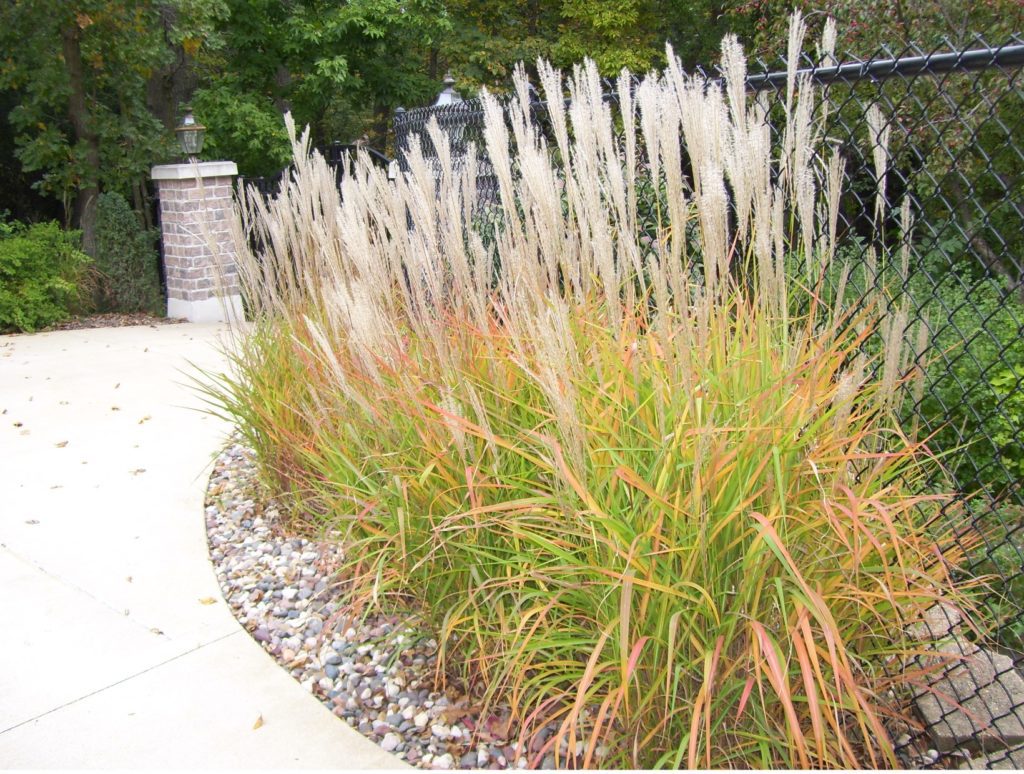Perennials are the cornerstone of many landscape designs. They can be used in many different areas and for many different purposes. Like all plants, the key is to provide them with the proper care and maintenance. Below you will find commonly used perennials, where they grow best, and how to properly care for them.
Whether you have an area with full sun or no sun, there is a perennial to fit the bill.
Sunny Locations
Perennials that perform well in sunny locations include Russian Sage, Nepeta(Catmint), Daylily, Coneflower, Salvia, Sedum, Allium and Stachys.
Shady Locations
When most of us think of shade loving perennials, Hosta and Fern immediately come to mind. Other perennials that are suitable for varying degrees of shade include Astilbe, Bleeding Heart, Heuchera(Coral Bells), Pulmonaria, Jacob’s Ladder and several varieties of groundcover(Ajuga, Lamium, Pachysandra, Vinca, etc.).
Soil Drainage
Another consideration is soil drainage. Some areas of your yard may stay wet long after a rain. Very few perennials will survive in spots where there is standing water or consistently wet soil so plant selection is critical.
Wet Locations
Some options include Lobelia, Japanese Iris, Asclepias(Swamp Milkweed), Joe-Pye Weed, Spiderwort, Sedge Grass, Ligularia and Chelone.
Dry Locations
Conversely, dry, sandy soils can be equally frustrating when getting plants to grow. The following is a list of perennials that, once established, will survive in dry soils: Achillea(Yarrow), Allium, Baptisia, Coreopsis, Coneflower, Nepeta(Catmint), Russian Sage, Sedum and several varieties of ornamental grasses.
Common Perennials
When it comes to perennials, your choices are nearly limitless. Some commonly used perennials are Hosta, Daylily, Iris, Sedum, Aster, Coneflower, Black-Eyed-Susan, Nepeta(Catmint), Allium and ornamental grasses(Karl Foerster Grass, Prairie Dropseed Grass, Little Bluestem Grass, etc.).
Perennial Care
Watering
A general rule of thumb is that plants require 1 inch of water every 7-10 days, including any rainfall. But in reality, many plants fall outside of this recommendation. The absolute best way to tell if a plant needs watering is to feel the soil at the base of the plant for moisture and water accordingly. Adding mulch to a garden bed will help retain soil moisture and reduce the need for watering.
Fertilization
Newly planted perennials from Sargent’s will come pre-fertilized. In upcoming years, be sure to fertilize annually. In most cases, a granular time-release fertilizer, such as Osmocote Smart-Release Plant Food, is recommended.
Maintenance
Once established, most perennials become relatively low maintenance. For more detailed advice and information, check out our guide on seasonal maintenance.









